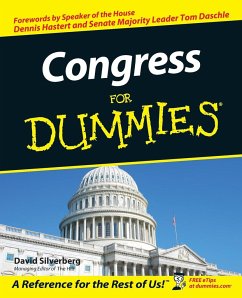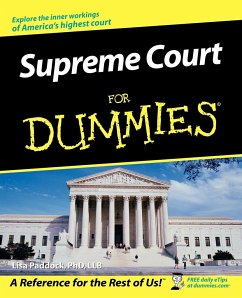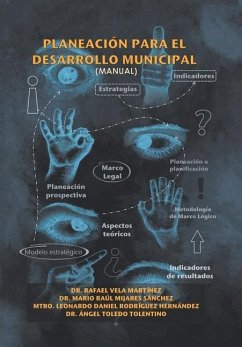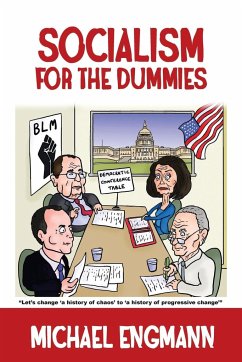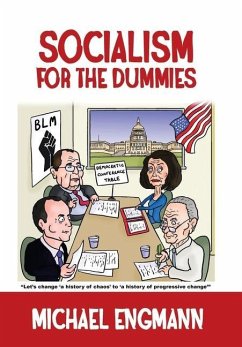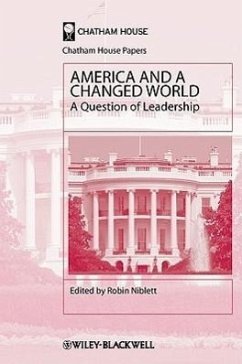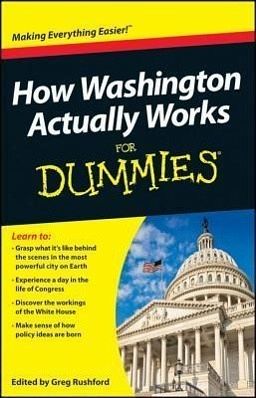
How Washington Actually Works for Dummies
Versandkostenfrei!
Versandfertig in über 4 Wochen
11,99 €
inkl. MwSt.
Weitere Ausgaben:

PAYBACK Punkte
6 °P sammeln!
Get the inside scoop on the most powerful city on Earth How Washington Actually Works For Dummies isn't a dry explanation of the American system of government but a playbook for how the policymaking process really works: who has a seat at the table, who is on the outside wielding influence, and who implements policy after it's approved. It takes you inside the political process in Washington, discusses how the government's power has grown through the years, and explains how the parts fit together. * Washington's past and present -- get a brief history of the city from its humble beginnings to ...
Get the inside scoop on the most powerful city on Earth How Washington Actually Works For Dummies isn't a dry explanation of the American system of government but a playbook for how the policymaking process really works: who has a seat at the table, who is on the outside wielding influence, and who implements policy after it's approved. It takes you inside the political process in Washington, discusses how the government's power has grown through the years, and explains how the parts fit together. * Washington's past and present -- get a brief history of the city from its humble beginnings to its emergence as a seat of true power, and find out what life in D.C. is really like today * The men and women behind the curtain -- acquaint yourself with federal bureaucrats, from the Executive Office of the President to the Cabinet to the federal agency workers who keep the government running * Professional persuaders -- discover the ins and outs of what lobbyists do, what rights they have, and how they influence Washington * The Oval Office -- glimpse the day-to-day inner workings of the White House and how the president works with Congress, lobbyists, media, and constituents Open the book and find: * Who really wields power in Washington * Why the president's influence is limited * How a good policy idea can become a law * How to spot a federal worker * Tips for getting your foot in the door in D.C. * What think tanks, activists, and other D.C. players do * Ten ways to influence policymaking Learn to: * Grasp what it's like behind the scenes in the most powerful city on Earth * Experience a day in the life of Congress * Discover the workings of the White House * Make sense of how policy ideas are born




